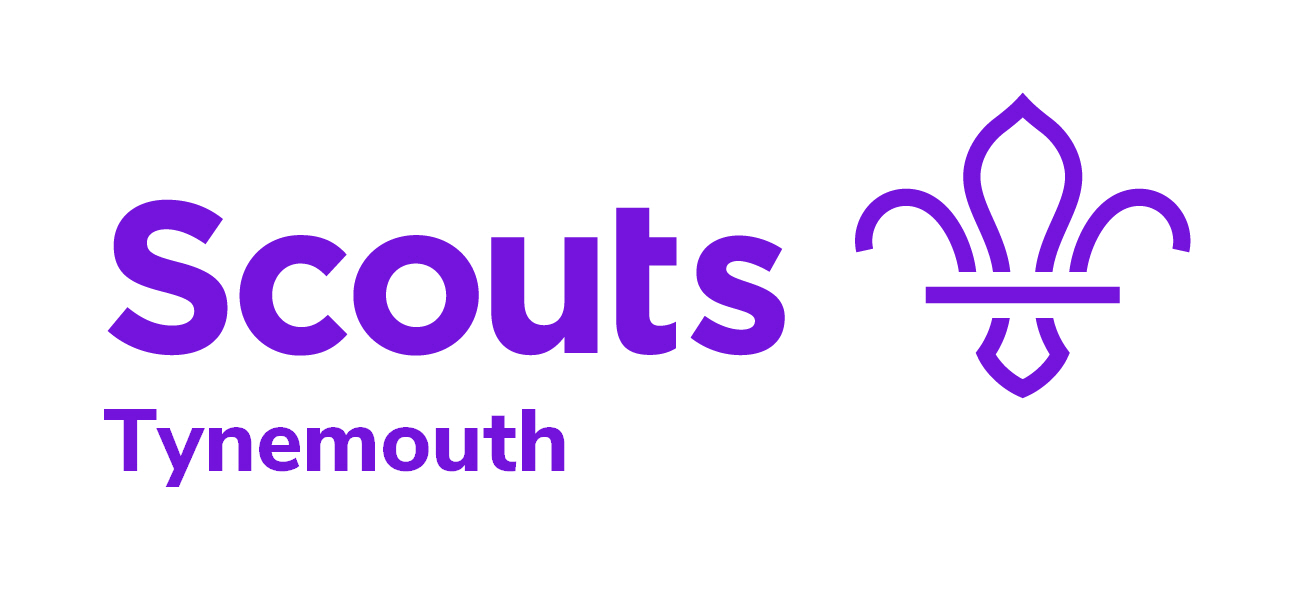Powburn Local Area and Places of Interest
The centre is ideally situated for access to the Northumberland National Park and the Cheviot Hills in particular. It is also within easy reach of the superb Northumberland coastline, Castles, Peel Towers, Stone Age fortifications, Border battle sites, Hadrians Wall and many other historical sites. These are just a few of the many places to be found in the area.
Linhope Spout
This waterfall is located behind the small village of Linhope at the upper end of Ingram (Breamish) Valley. There is no access by car to Linhope village as it is a private road, so the last stretch must be covered on foot. Photograph available in the album.
Blaewearie
The ruined farmhouse stands at the edge of the path. The surrounding moors are an excellent site for a wide variety of games. Behind the farmhouse are a number of large rocks ideal for rock climbing and swings have been set up in amongst the trees. Photographs available in the album.
Cateran Hole
Cateran Hole (Grid Reference NU 10233 23679) – Steps at the front of the hole, lead down to an opening and into the cave. Which is easily accessible, although a good torch (or torches) is definitely required. Photographs available in the album.
**Please take care when approaching from the West or North West
Alnwick Castle
Visit the seat of the Duke of Northumberland. The castle has been in the headlines as it is was used as the setting for ‘Hogwarts School of Witchcraft and Wizardry’ in the first two Harry Potter films (although you would never recognise it in the film). The castle gardens boast a magnificent, multi million pound water feature, possibly the biggest in Europe. Alnwick town has been named as the most desirable place to live in, in the whole of England and is well worth a visit. For more information try www.alnwickcastle.com or www.alnwickgardens.co.uk
Bamburgh Castle
Bamburgh Castle is probably the finest castle in England. It is perched on a basalt outcrop on the very edge of the North Sea at Bamburgh, Northumberland. It commands stunning views of the Farne Islands, Holy Island and landward to the Cheviot hills. Find out more at www.bamburghcastle.com
Farne Islands
Catch a boat trip from the village of Seahouses to the Seal and Bird Sanctuary on the Farne Islands. For more information regarding trips and the islands themselves go to www.farne-islands.com (please note that this is just one of the many companies operating tours). Look around for the best prices.
Holy Island
Holy Island or Lindisfarne is known as the “Cradle of Christianity”. It was from here that St Aidan and St Cuthbert spread the Christian message in the seventh century. For more information go to www.lindisfarne.org.uk .
Breamish Valley
Virtually on the doorstep of the centre is the Breamish Valley, with its high rolling hills and attractive river setting it is one of the most popular locations for visitors to the Northumberland National Park. It is superb walking country with historical sites like Brough Law (an Iron Age Hill Fort some 2300 years old) virtually on every hill. Simply turn left as you leave the car park, turn left again after 30 metres and follow this the only road in and out to the Visitors Centre.
Kielder Water
Tucked away at the top of Northumberland, close to the Scottish Border and Hadrian’s Wall, Kielder Water is the largest man-made lake in Europe. Kielder Forest, one of Britain’s biggest nature resorts, is home to red squirrels, deer and rare birds. The lake fringes and forest glades can best be explored by walking, cycling or on horseback, and there are many self-guided trails. Activities for all the family, a variety of accommodation, easy accessibility and closeness to villages and Northumberland National Park are among the many attractions, Ideal for leisure pursuits including fishing, boating, riding and water sports. This rich and varied landscape reflects the mood of Northumbria: a wild and romantic place to savour, a place to recharge the spirit. For more information go to www.kielder.org
DEFRA Country Walks
Go to the DEFRA site and select Northumberland from the drop down box. A map will appear showing all of the available walks. Simply click on a blue dot for more details and a map of the route. 2 of the walks can be found on the Walking page on this site – Chillingham Castle and Hedgeley Hall Estate. Hedgeley Hall starts directly over the road from the centre, so you couldn’t get much closer.
Useful maps covering the area:
Explorer 332 – Alnwick and Amble
Explorer 340 – Holy Island and Bamburgh
Explorer 339 – Kelso and Coldstream
Explorer 346 – Berwick
OL16 – The Cheviot Hills
OL42 – Kielder Water
Walking
The routes on this page are from around the Powburn and Northumberland area. This is just a very small selection of the hundreds of miles of footpaths in the county. Click on the thumbnail picture to go to a larger map.
Notice to Scout Leaders – All walks in any area must comply to the rules and regulations as stated in P.O.R. A Route Plan MUST be completed before starting any walking activity and left with a competent person
Links
Links to external websites are provided for your convenience to provide further information. They do not signify that Tynemouth Scouts endorse the website(s). Tynemouth Scouts has no responsibility for the content of the linked website. All walks must be properly assessed before attempting.
Natural England – Northumberland Walks
Safety
Safety when walking in any area is paramount, this becomes even more of a MUST when walking in the hills. Any hills, not just the Cheviots can become very dangerous places to be, very quickly. What may start as a warm, dry and clear day in the valleys can turn into a cold, wet and zero visibility one rapidly.
Always carry a map, compass and a whistle. A GPS is not a substitute for a map and compass, it should be used as well as. A GPS is no good if the batteries die.
Wear or carry warm clothing – it is easier to remove something to stay cool, than to put something on you haven’t got.
Stick to marked and recognisable footpaths. Wandering off may just see you wandering off……a very steep drop.
Geocaching
Geocaching is an entertaining adventure game for GPS users. Participating in a cache hunt is a good way to take advantage of the wonderful features and capability of a GPS unit.
The basic idea is to have individuals and organizations set up caches all over the world and share the locations of these caches on the internet. GPS users can then use the location coordinates to find the caches. Once found, a cache may provide the visitor with a wide variety of rewards. All the visitor is asked to do is if they get something they should try to leave something for the cache.
What are the rules in Geocaching?
Geocaching is a relatively new phenomenon. Therefore, the rules are very simple:
Take an item from the cache.
Leave an item in the cache (No food or perishables).
Write about it in the logbook contained in the cache.
You can also log your find on the cache page on the internet (requires a free account).
You can find more information on Geocaching by going to the FAQ at Geocaching.com
Interested
Follow this link to find Geocaches in the area surrounding Powburn
Make sure ‘By Postcode’ is selected and enter NE66 4HU, then ‘Seek’
There are caches to be found all over Northumberland and Tyne & Wear, including on Blawearie and up at Linhope Spout.

